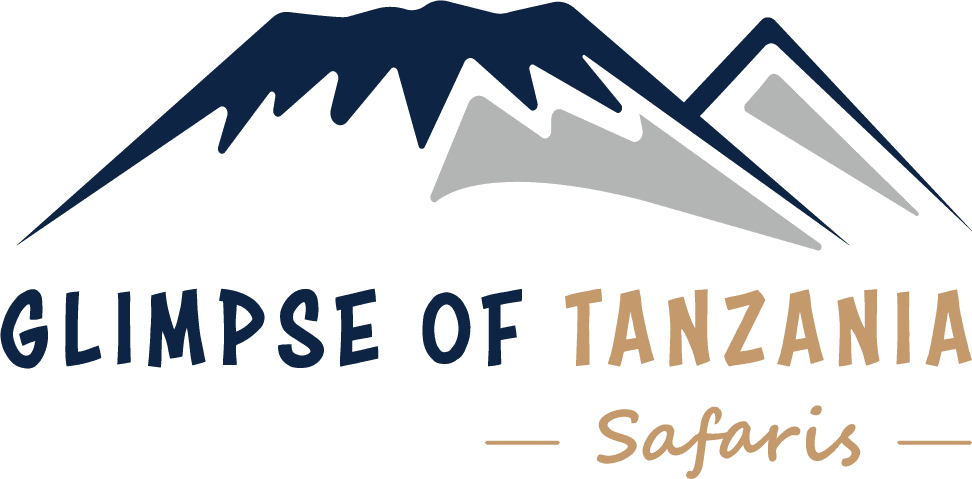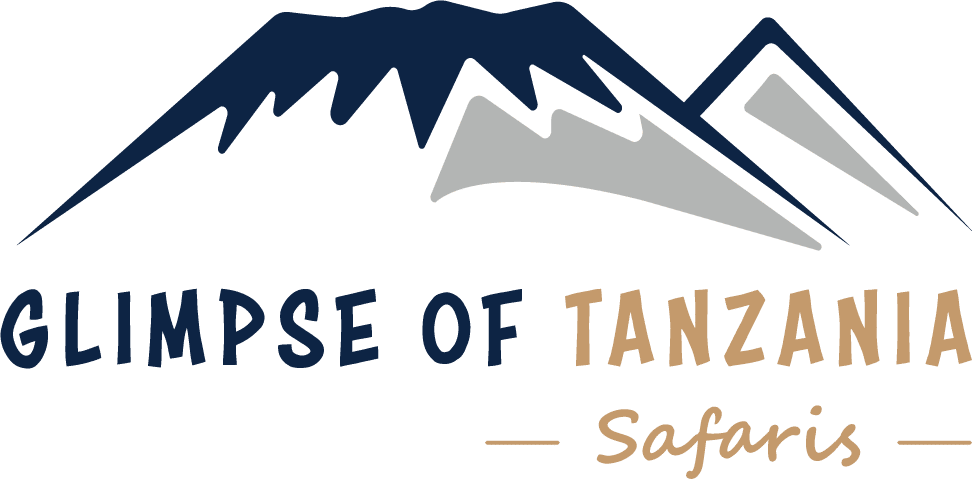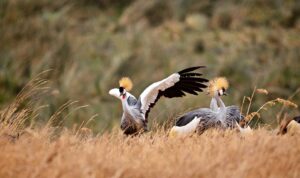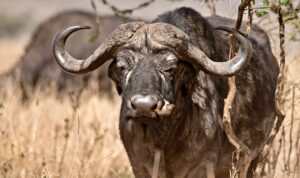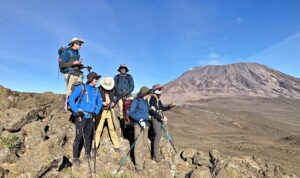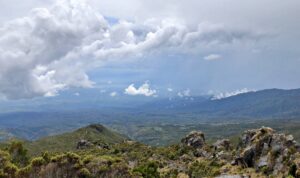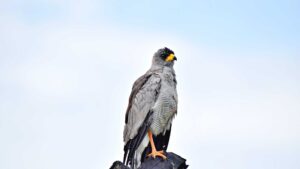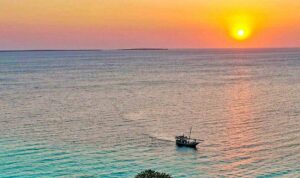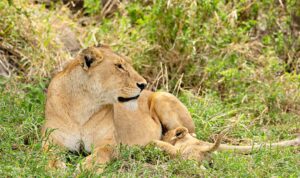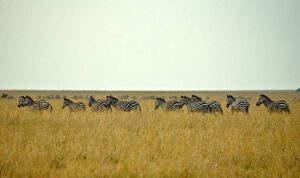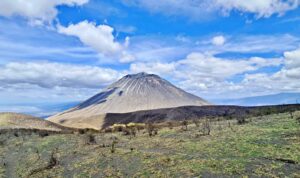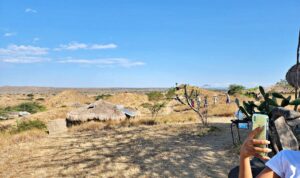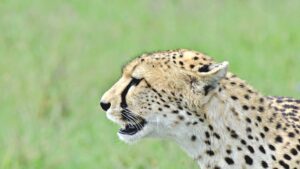OVERVIEW
A living wonder of the world. Most sought-after destination and indeed the one you should not miss the chance to hike. The majority will wonder, why Mt Kilimanjaro is the greatest destination while it is not the highest in the world. Emerging along the equator, no one expects it to be covered in snow and while many are used to ranges of mountains, Kilimanjaro is a free-standing peak at an elevation of 5895m above sea level. mountaineers
UNIQUE FEATURE
FREE STANDING
Meaning is not part of a mountain range such as (Mount Everest and the Himalayans). Witness the snow where it is least expected, that is on the roof of the mighty Mount Kilimanjaro. Mount Kilimanjaro is also very famous in the world since it’s the highest mountain in the African continent, making it one of the world’s 7-summits.
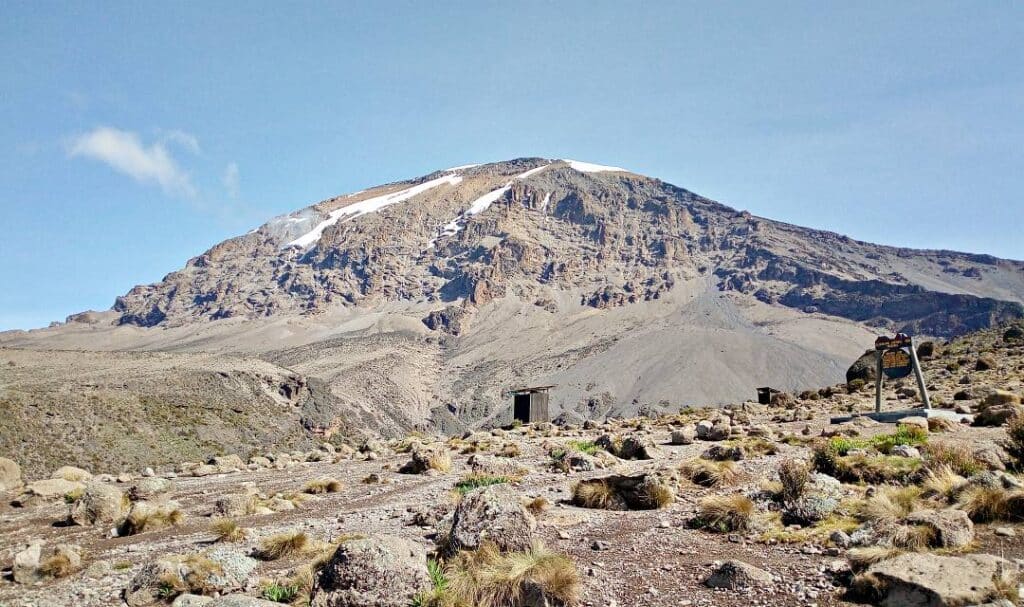
LOCATION
This famous mountain is located in the northern part of Tanzania right at the border of Kenya and Tanzania in the region of Kilimanjaro. It is also a stratovolcano (a term for a very large volcano made of ash, lava, and rock), Kilimanjaro consist of three peaks; Kibo, Mawenzi, and Shira. Kibo is the summit of the mountain and the highest of the three volcanic formations. While Mawenzi and Shira are extinct, Kibo is dormant. The highest point on Kibo’s crater rim is called Uhuru, the Swahili word for “freedom.
KILIMANJARO ROUTES
There are six major routes on Mount Kilimanjaro, each one is well maintained, and each route has different pros and cons, (Lemosho Route, Shira Route, Machame Route, Umbwe Route, Marangu Route, and Rongai Route.) It is required to have a guide while hiking on Mt Kilimanjaro, and there is no shortage of guide operators who can take you to the summit, the weather on Mount Kilimanjaro varies widely depending on the elevation and the season it can be extremely cold near the summit, so warm, windbreaking as well, (unpredictable mountain) so warm clothing is a necessary needed, heavy rain is also possible at any time so quality rain gears are mandatory.
LEMOSHO ROUTE

The Lemosho route is one of the most scenic trails on Kilimanjaro, this route is really good for those who want to get more time to explore the Mountain and enjoy an amazing view of Shira Peak the oldest peak on Mt Kilimanjaro, the route is the third hardest route after Umbwe and Machame a display of panoramic splendor on almost every side of the mountain.
The route approaches Mount Kilimanjaro from the west, beginning with a long drive from Moshi or Arusha to Londorossi Gate. The first two days are spent trekking through the rainforest to Shira Ridge. The Lemosho route crosses the entire Shira Plateau from west to east in a pleasant, relatively flat hike. The route traverse’s underneath Kilimanjaro’s Southern Ice Field on a path known as the Southern Circuit before summiting from Barafu. Descent is made via the Mweka route.
MACHAME ROUTE
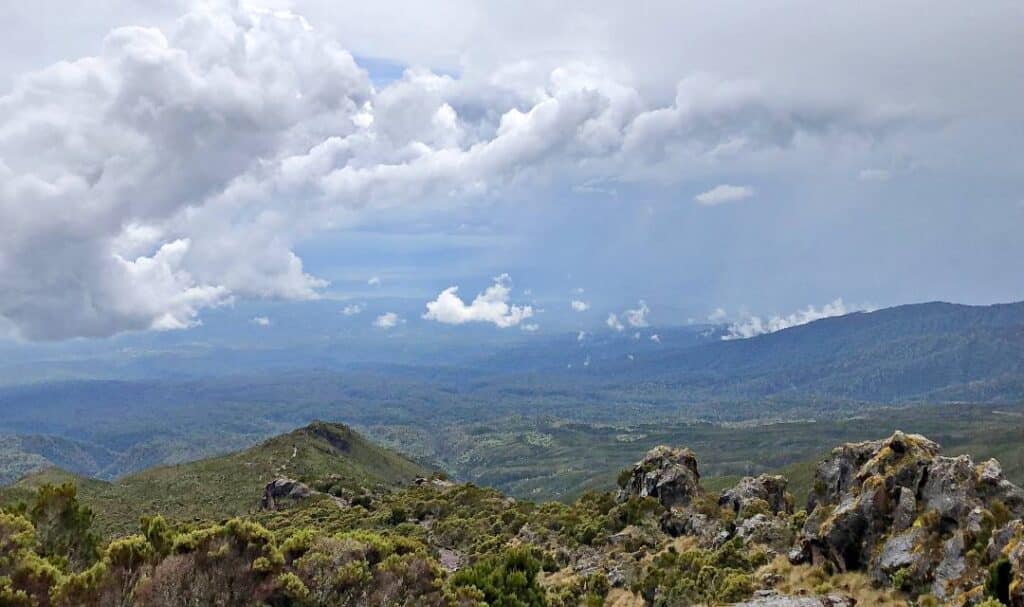
The Machame route, also known as the “Whiskey” route, is a very popular route on Kilimanjaro. Machame displays a scenic beauty. Though considered to be difficult, steep, and challenging, particularly due to its shorter program. Therefore, this route is better suited for more adventurous folks or those with some high altitude, hiking, or backpacking experience.
It approaches Mount Kilimanjaro from the south, beginning with a short drive from Moshi to Machame Gate. The path leads hikers through the rainforest to Shira Plateau. Here, many of Kilimanjaro’s routes converge. Then the route turns east and traverses’ underneath Kilimanjaro’s Southern Ice Field on a path known as the Southern Circuit before summiting from Barafu. Descent is made via the Mweka route.
MARANGU ROUTE
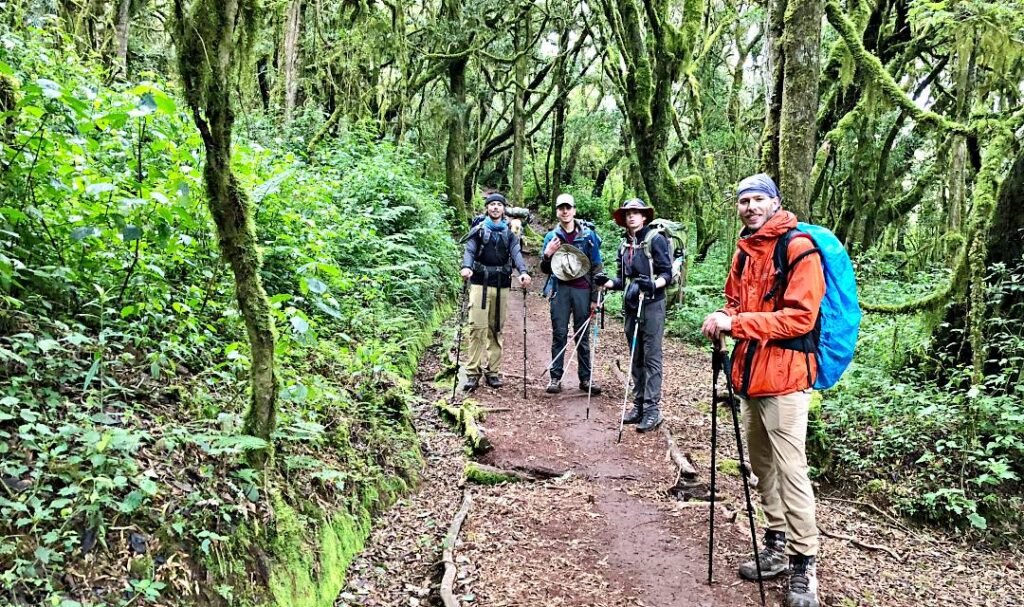
Nicknamed the “Coca-Cola” route, the Marangu route is a classic trek on Mount Kilimanjaro. Regarded to be the oldest, and most well-established route. Many prefer the Marangu route because it is considered to be the easiest path on the mountain, given its navigable slope. It is also the only route that offers sleeping huts in dormitory-style accommodations.
The minimum number of days required for this route is five, although the probability of successfully reaching the top in that time period is quite low. Spending an extra acclimatization day on the mountain is highly recommended when climbing Kilimanjaro using the Marangu route.
However, despite its popularity, it attracts lots of crowds. The route has the least scenic variety of all the routes because the ascent and descent are done on the same path and it is the most crowded route for that reason. Marangu is favored only during the rainy season, where the hut accommodations are preferred over wet ground.
WILDLIFE AT KILIMANJARO
The mountain and its surroundings offer a habitat for a wide range of wild animals like antelope, elephants, buffalo, eland, monkeys, and birds. These animals can easily be spotted on the lower elevation points as some are also in transit.
VEGETATION AT KILIMANJARO
Common vegetations one should expect on Mount Kilimanjaro include; chamfer, wild-Senecio, fern, sycamore, and junipers trees as well as moss (old man beard)
Mount Kilimanjaro has 5 different climatic zones;
- cultivated zone,
- heath and moorland,
- alpine desert,
- arctic summit zones.
- montane forest.
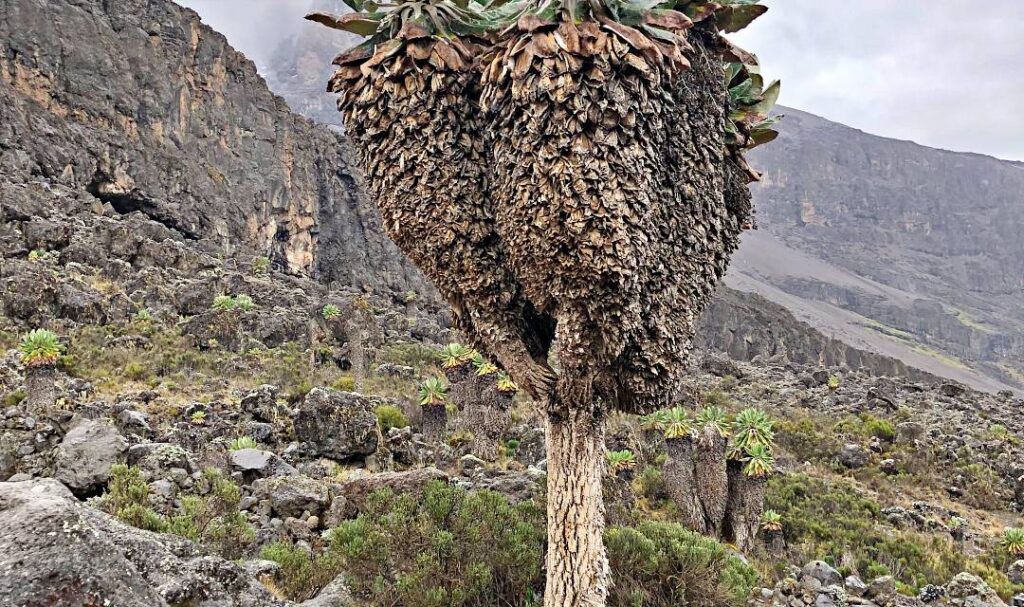
The montane forest zone is a humid zone and rich soil. The zone is the perfect place for the multitude of plants some of which are endemic like impatiens kilimanjarica
BEST TIME TO CLIMB KILIMANJARO
The weather on Mount Kilimanjaro is unpredictable. There are two best seasons one can plan to climb Mount Kilimanjaro; January – March, and June – October.
January to March is colder than June to October and there is a higher probability of spotting snow at the summit the slopes are often quieter at this time of the year.
June to October is another good time because it is the dry season. At this time of the year the sky is blue therefore it provides a clear view of the Mountain and you can easily see the stars at night.
However, Kilimanjaro can be hiked almost throughout the year. For example, in December many people plan to have a mountain vacation and it can be planned for you.
April, May, and November are not favorable times to climb due to heavy rain, but still, mountain enthusiasts can still hike.
